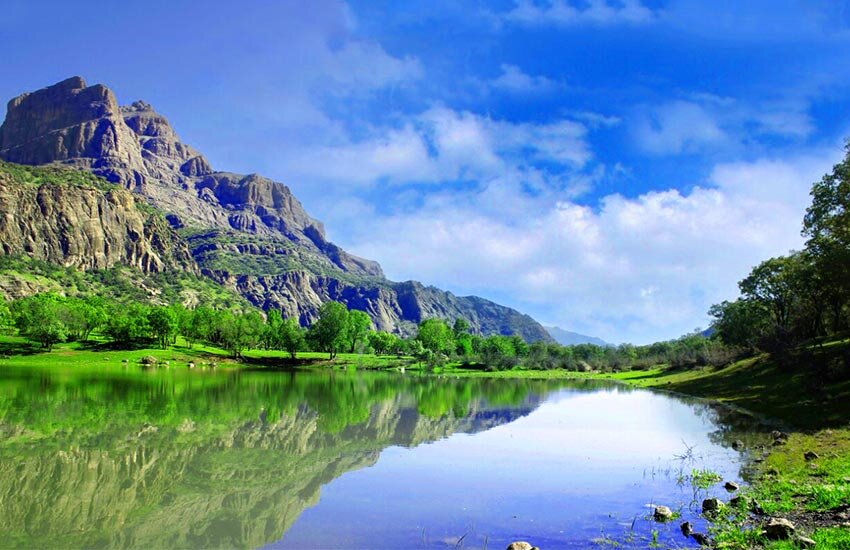Lorestan sets sights on travel boom in post-coronavirus era

TEHRAN - The tourism sector of Lorestan province is ready to jumpstart after the coronavirus crisis, the provincial tourism chief has announced.
Before the coronavirus outbreak put everything on a halt, the number of tourists who visited natural and historical attractions in the western province rose nearly 40 percent, ISNA quoted Amin Qasemi as saying on Wednesday.
The official noted that Lorestan is teeming with tens of historical and natural destinations, which the sector is heavily relying on.
“These tourist destinations could attract more tourists and holidaymakers to the region in the post-coronavirus era,” he said.
More than 220 natural attractions have been identified across the province, some of which are in impassable areas, the official added.
Last April, Qasemi announced that more than 1.5 million visits were paid to tourist attractions and museums in Lorestan province during the past Iranian calendar year 1398 (ended March 20, 2020).
Falak-ol-Aflak fortress in Khorramabad, the capital of Lorestan province, was the top destination with over 220,000 visits. Foreign tourists also made over 1,000 visits to the province, which is one of the lesser-known travel destinations in Iran, and mainly acts as a gateway to the neighboring Khuzestan province which hosts UNESCO sites of Susa, Tchogha Zanbil, and Shushtar Historical Hydraulic System.
Lorestan is also a region of raw beauty that an avid nature lover could spend weeks exploring. The region was inhabited by Iranian Indo-European peoples, including the Medes, c. 1000 BC. Cimmerians and Scythians intermittently ruled the region from about 700 to 625 BC.
The Luristan Bronzes noted for their eclectic array of Assyrian, Babylonian, and Iranian artistic motifs, date from this turbulent period. Lorestan was incorporated into the growing Achaemenid Empire in about 540 BC and successively was part of the Seleucid, Parthian, and Sasanid dynasties.
ABU/AFM
